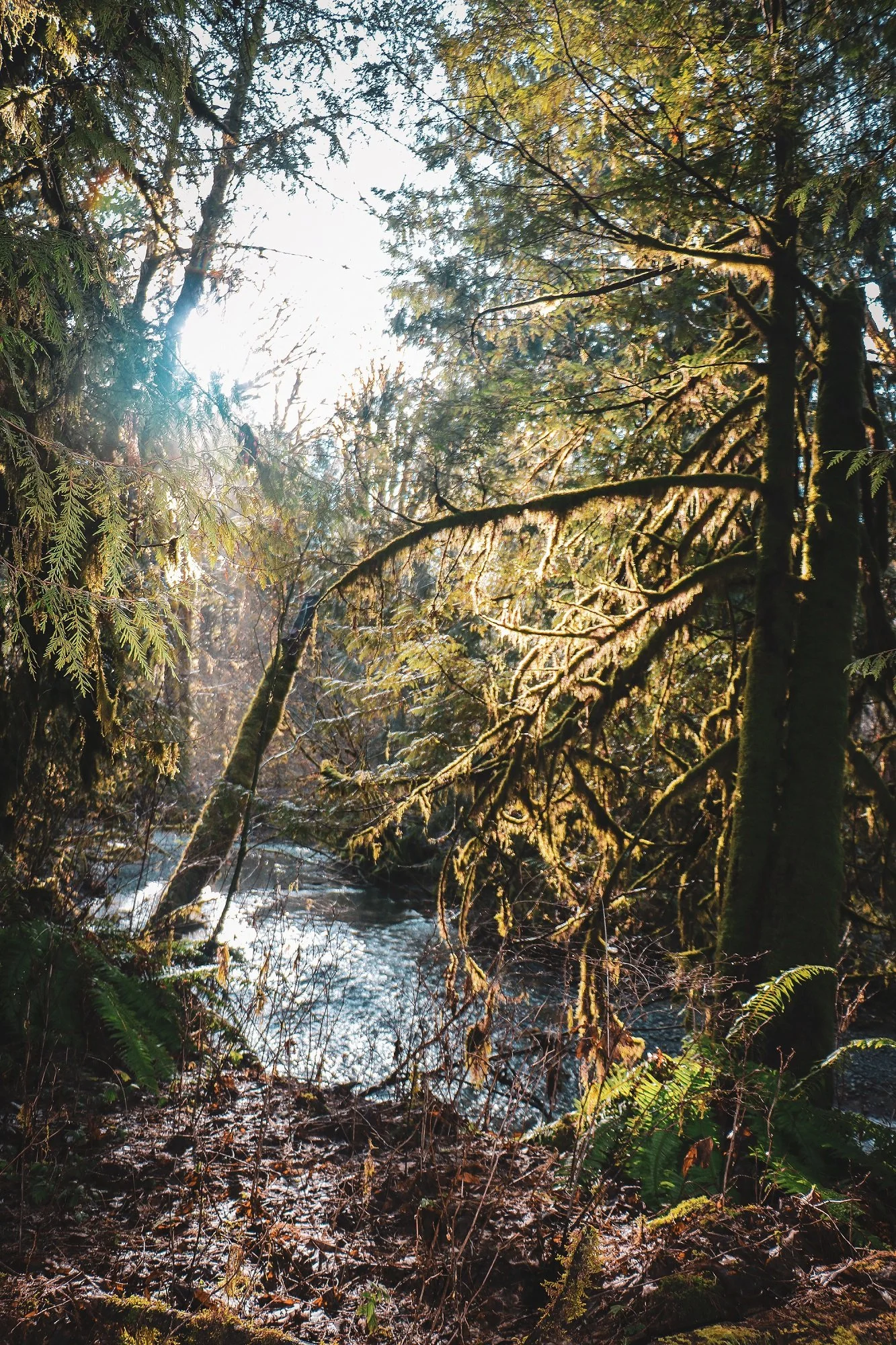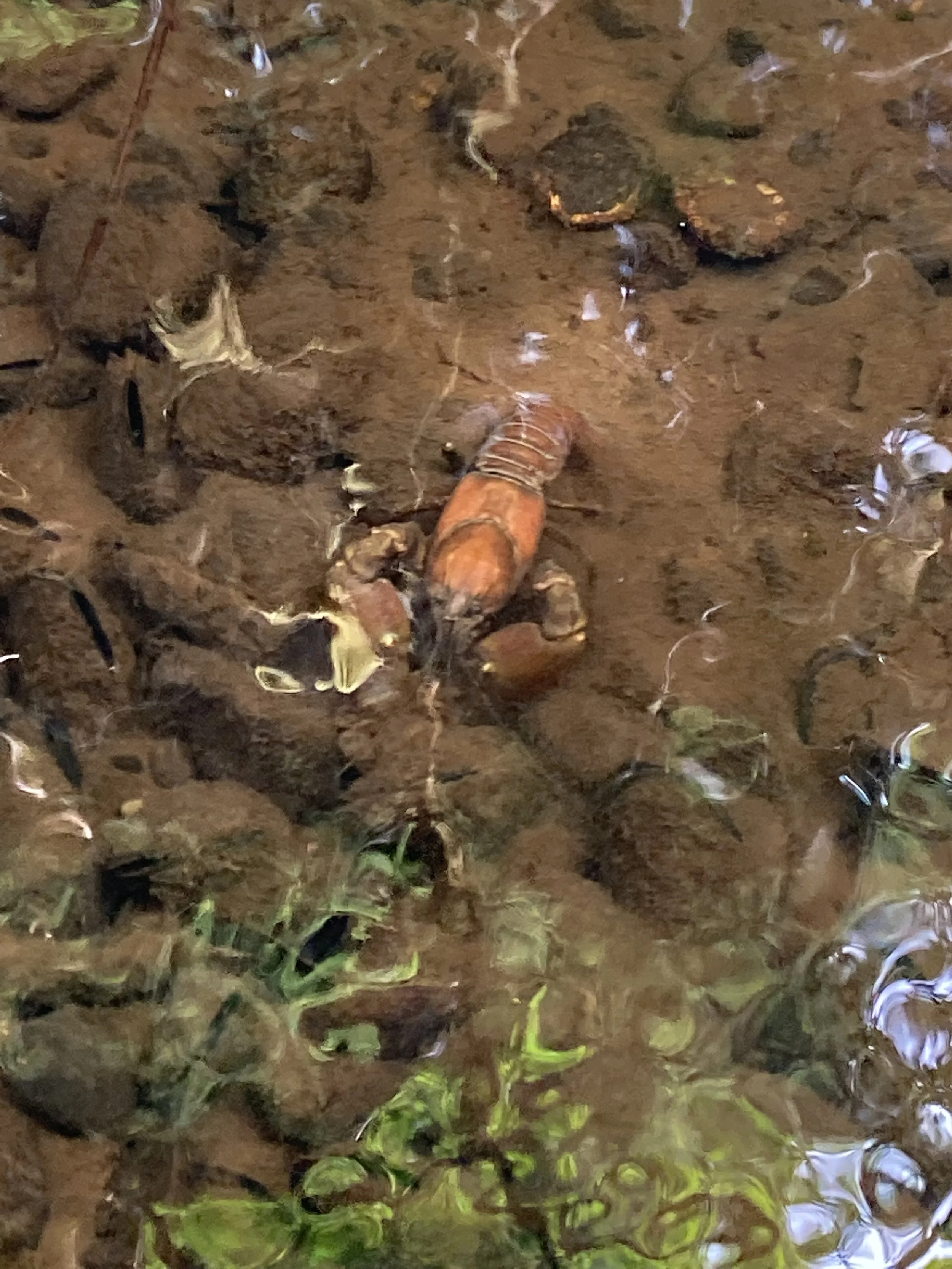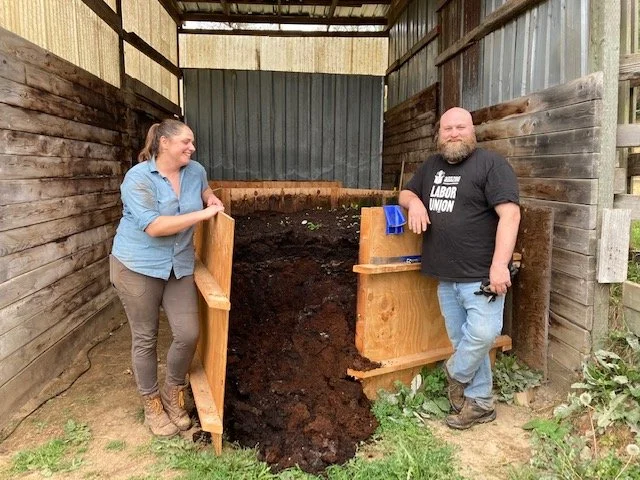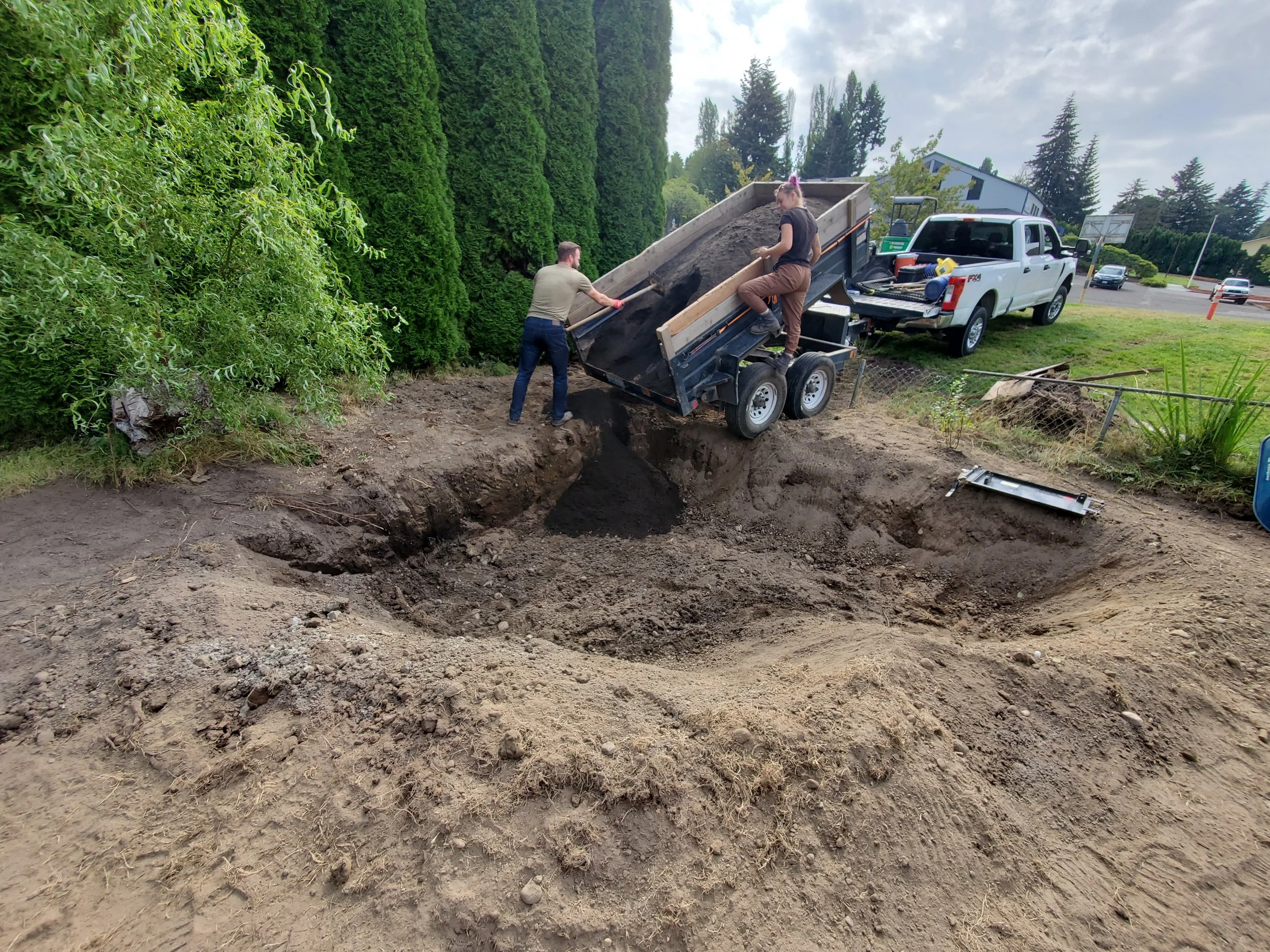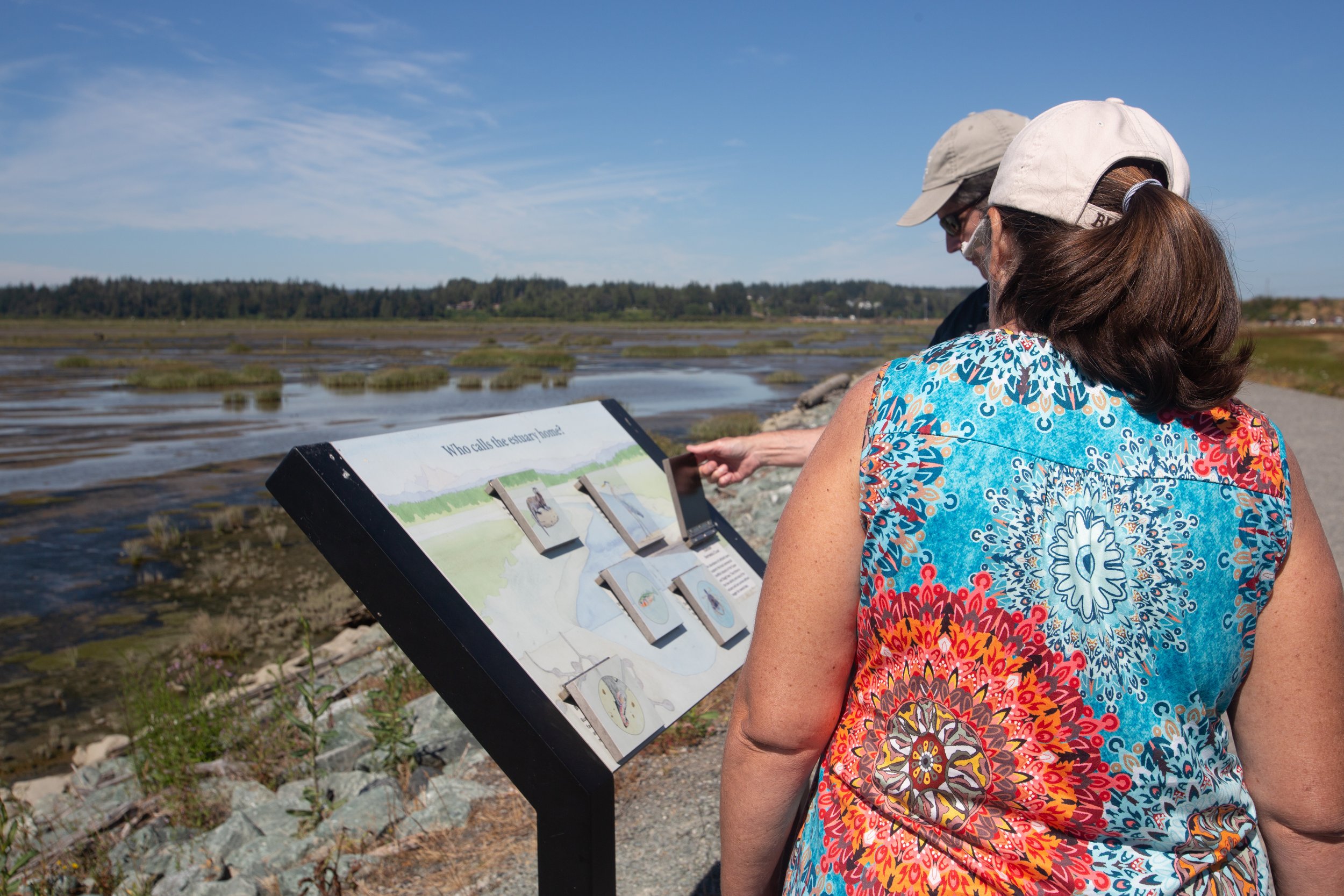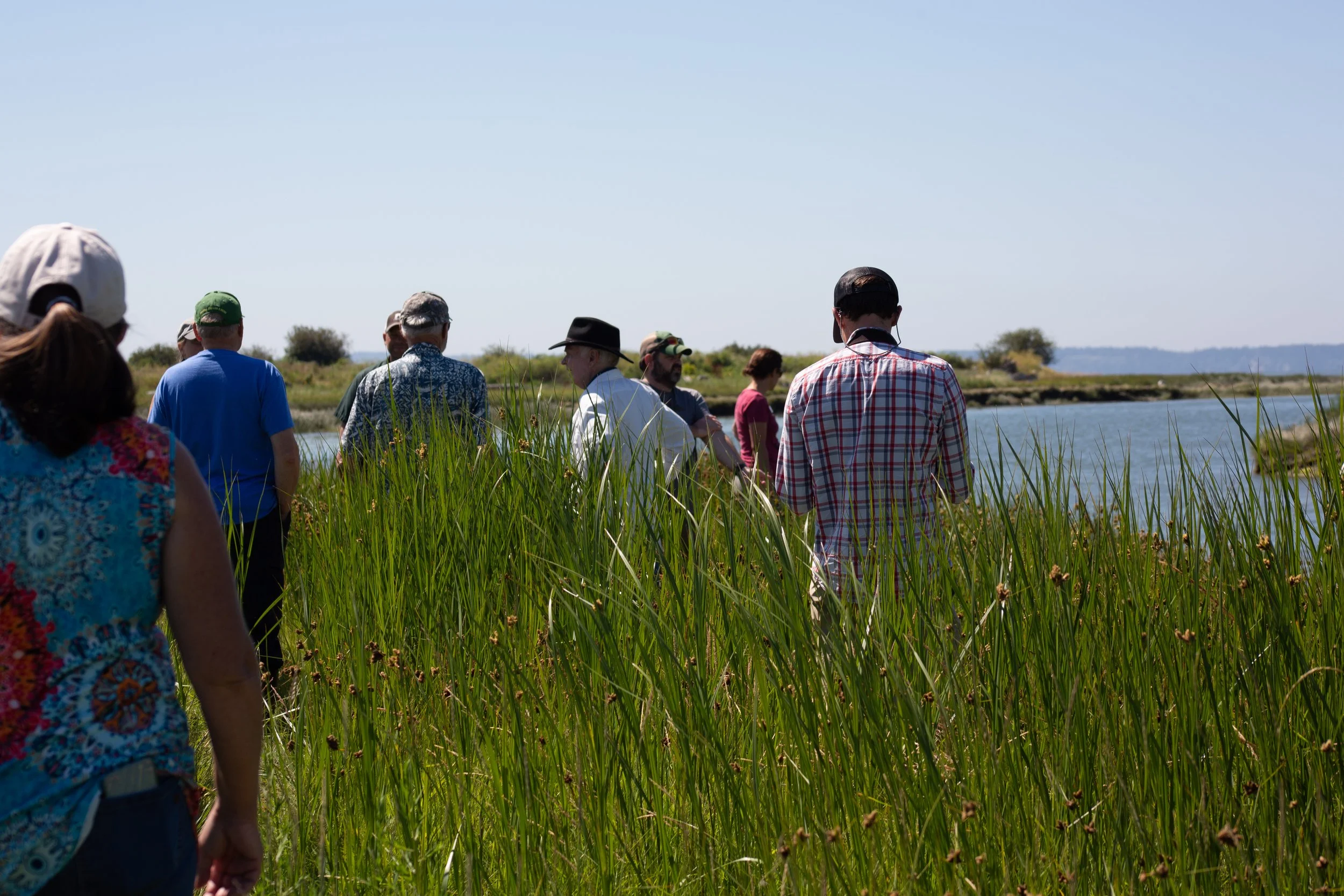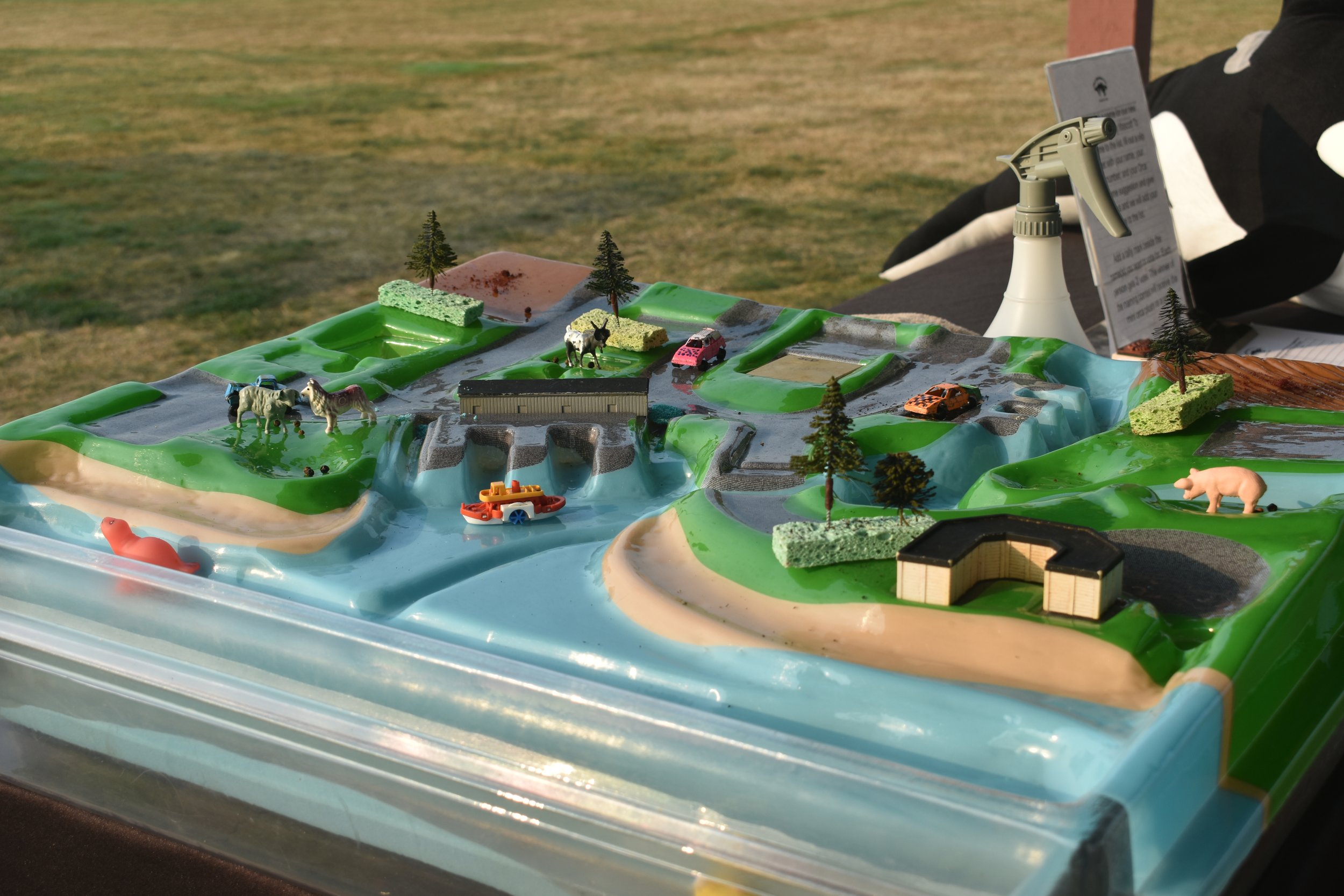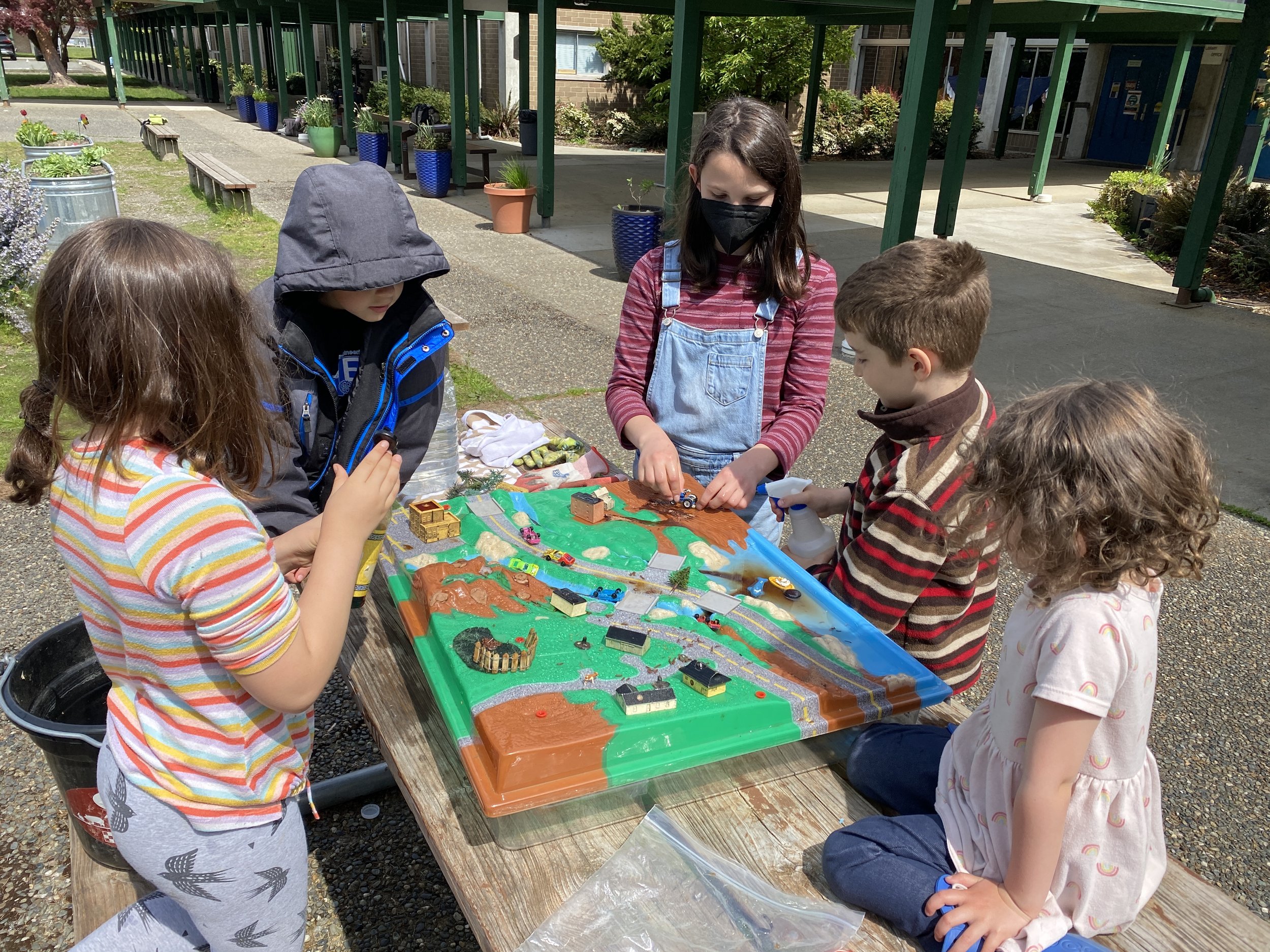Trees provide us with many essential benefits, including clean air and water, shelter, and erosion control, just to name a few. Ongoing management of forested lands ensures the healthiest forests and greatest benefit to wildlife and our human communities. Since more than half of Washington state is forested, that’s a lot of trees that need support—and professional foresters throughout the region are stepping up to deliver it.
In 2021, the Puget Sound Conservation Districts (PSCD) initiated the Regional Forestry Stewardship Program to help conservation districts pool resources and leverage their ability to assist residents managing forested property. Prior to that, many conservation districts were unable to house their own forester or forestry program. By coming together, districts in the Puget Sound region are now able to provide more services and support to more land stewards.
Stacey Dixon is the PSCD forester providing technical assistance to residents of Snohomish County and Island County, including Whidbey and Camano Islands. Since the pilot program started, Stacey has served 119 landowners and impacted over 2300 acres of forested property.
Stacey works with the specific goals and needs of landowners to devise a management plan that works for both people and trees. One such landowner was Nadya, who reached out to Snohomish Conservation District to request a site visit after attending a Northwest Natural Resource Group forestry workshop in Darrington.
Stacey visited the property and learned about Nadya’s hopes for her land. The result: Nadya now has a Forest Management Plan, specific to her property and objectives, that gives her a roadmap to fulfill her dreams for her forest.
Nadya found great value in Stacey’s thoroughness and analysis of both her tree stands and the soil.
“Working through the Forest Management Plan was an education for me regarding the health and sustainability of the forest,” said Nadya. “The maps and soil studies of the forested area were enlightening.”
Forest management plans have additional benefits, Stacey explained, “They’re crucial to accessing cost share programs like the National Resource Conservation Service’s Environmental Quality Incentives Program. And they offer a vision for the forest and a step-by-step guide for how to achieve that vision, which isn’t just useful for the current landowners—it’s a gift to the next generation who owns and works the land.”
This is excellent news for Nadya, whose property is in a trust for her next generation.
The Regional Forestry Stewardship Program supports land stewards with their goals by giving them information and options tailored to their property. With a personalized Forestry Management Plan, landowners like Nadya have a roadmap for how to manage their forest.
When asked about her next step for her wooded property, Nadya said, “Follow the plan!”
Learn more about the Regional Forestry Stewardship Program and the services available to landowners.
This project has been funded wholly or in part by the United States Environmental Protection Agency under assistance agreement PC-01J22301 through the Washington Department of Fish and Wildlife. The contents of this document do not necessarily reflect the views and policies of the Environmental Protection Agency or the Washington Department of Fish and Wildlife, nor does mention of trade names or commercial products constitute endorsement or recommendation for use.


